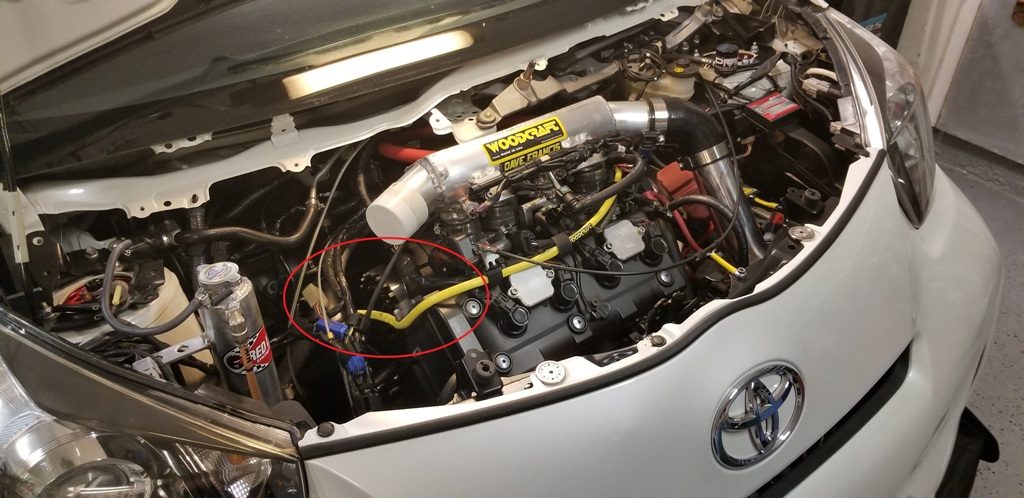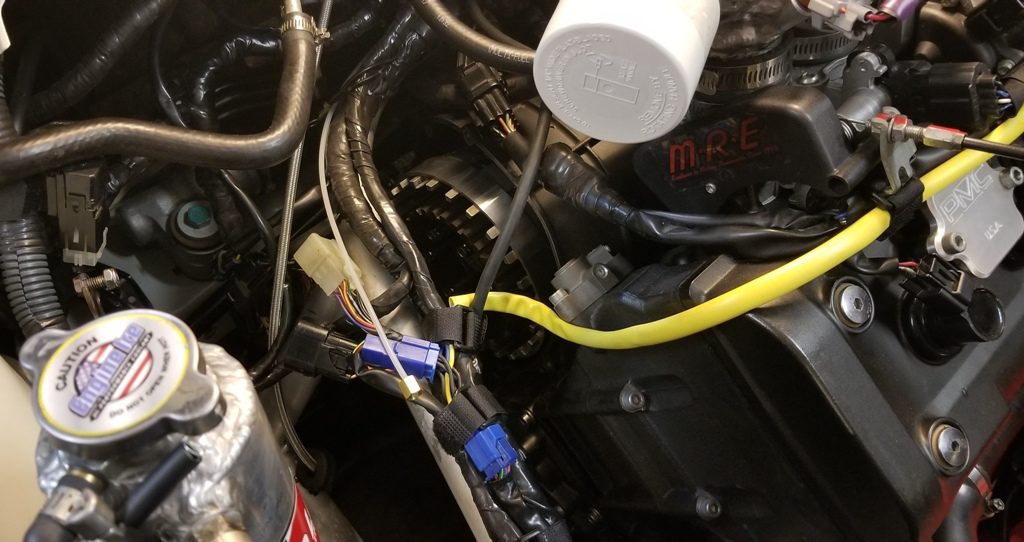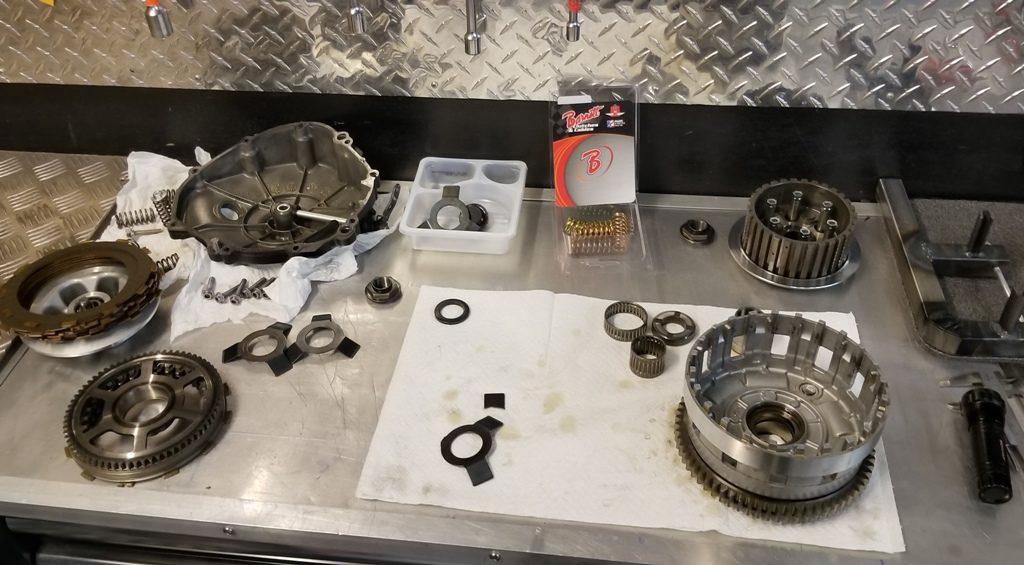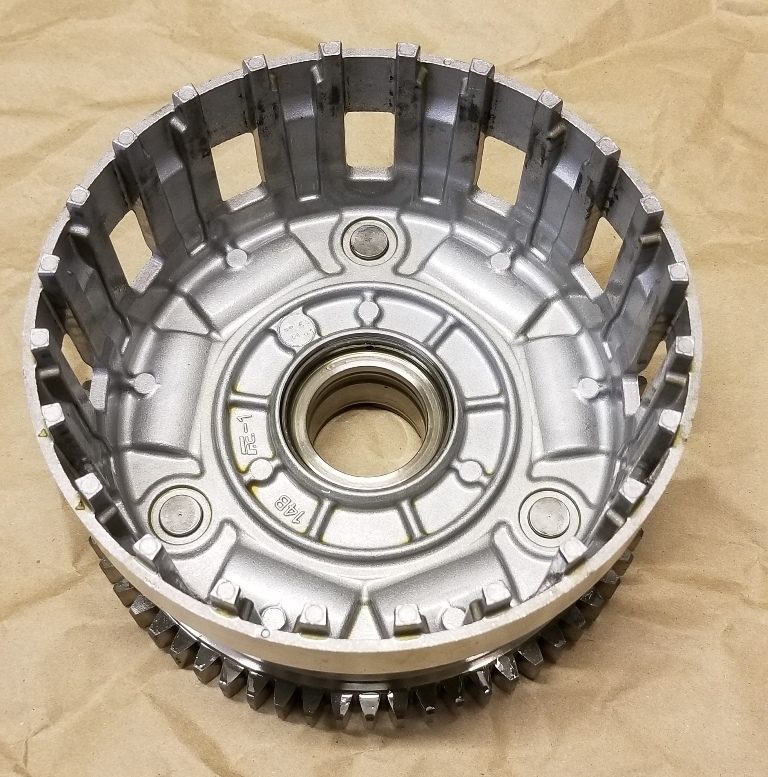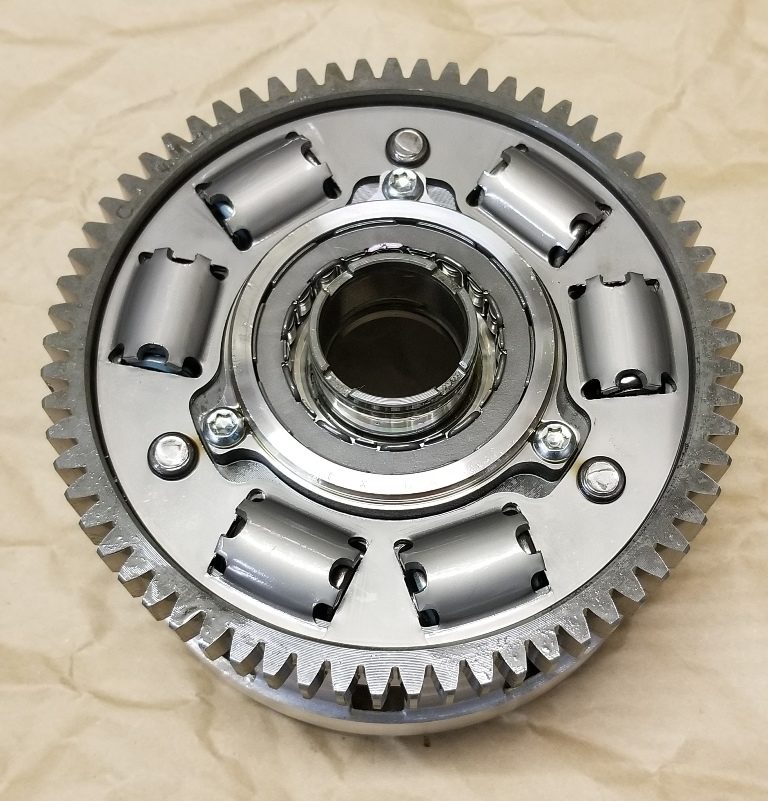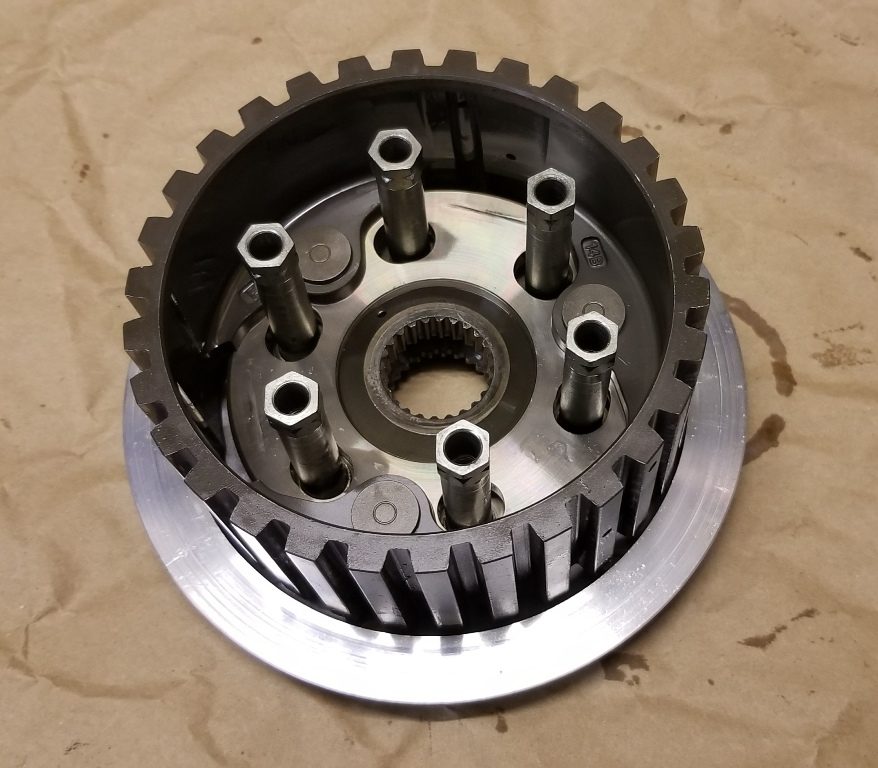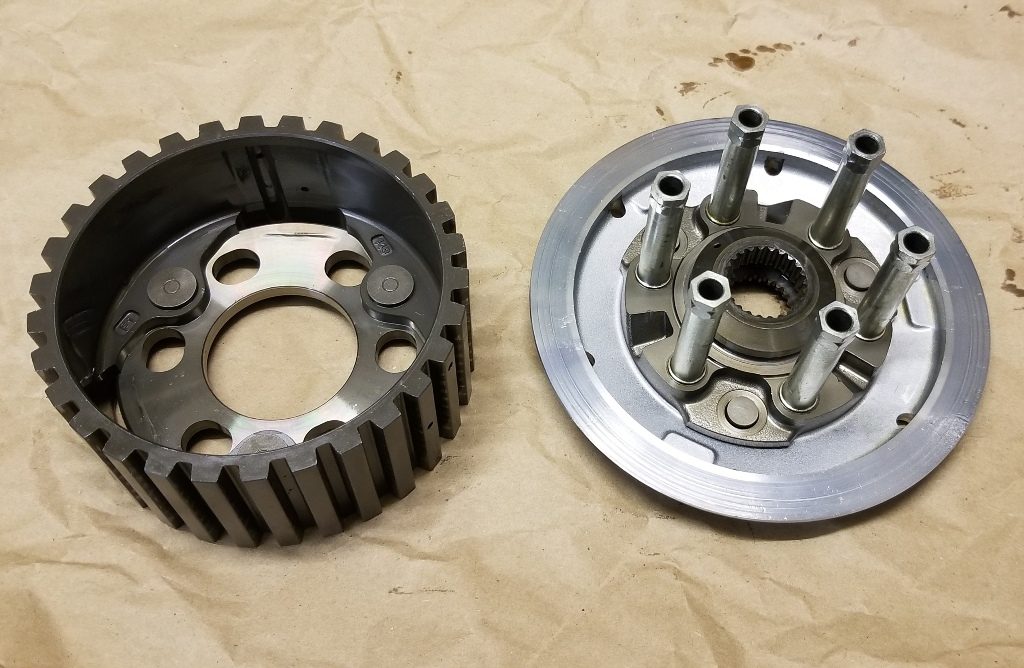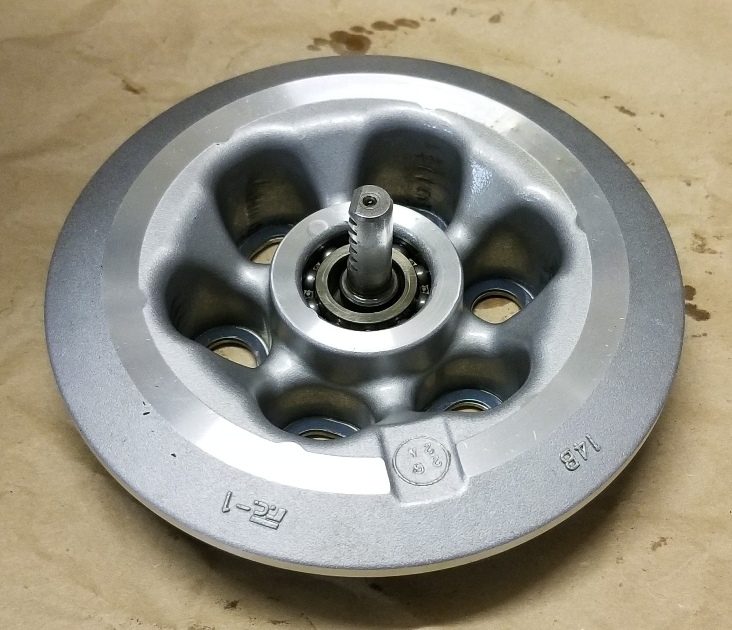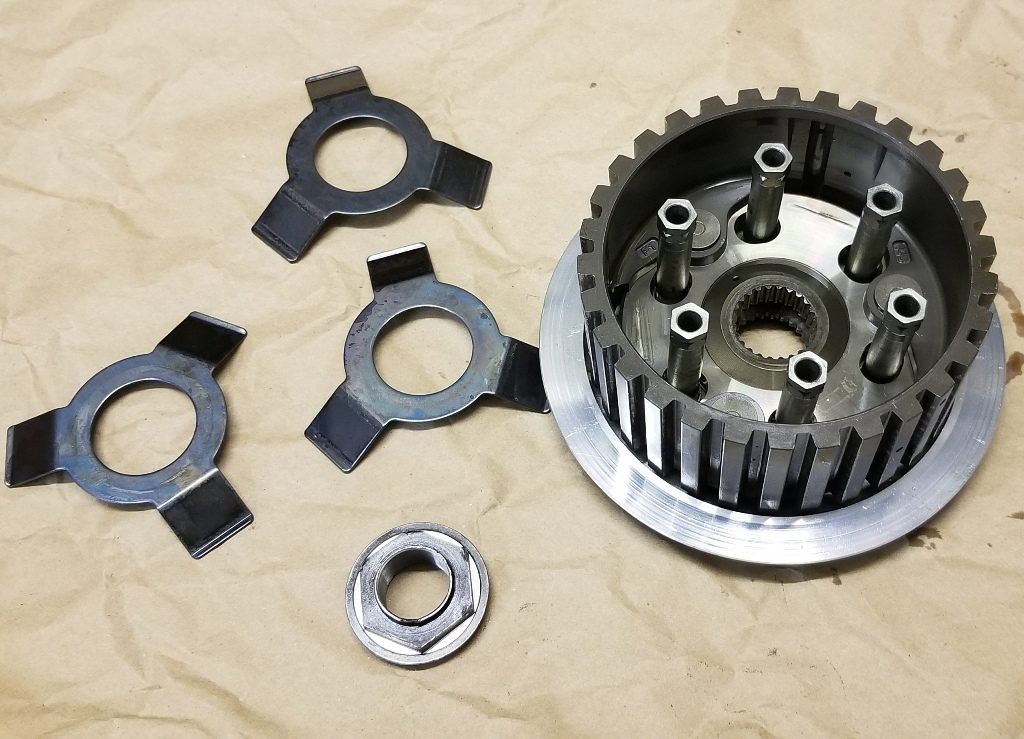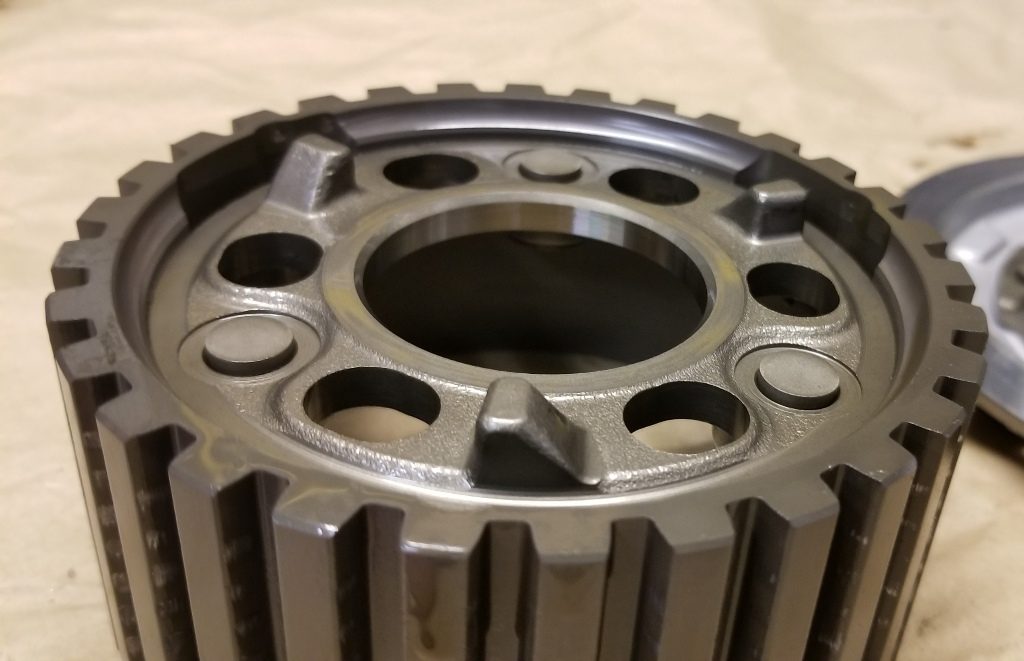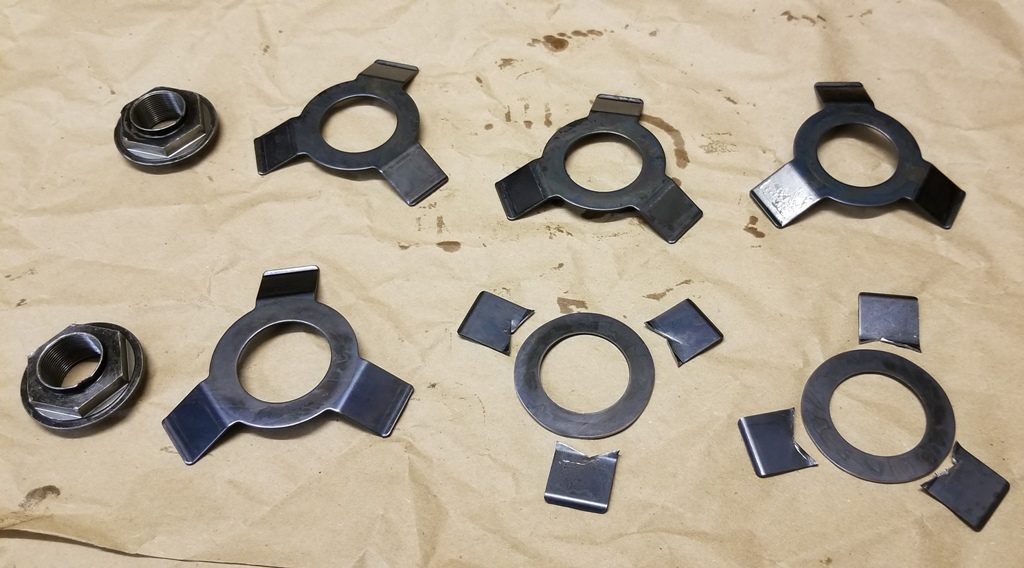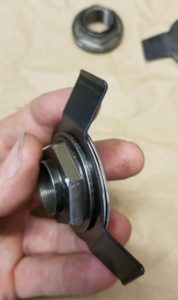The problem with the 2009-2014 Yamaha R1 Clutch..
As you can see in the video shown above the R1 clutch has an issue from the factory, it only effected the R1 years 2009-2014. It is horrible to get off the line smoothly without judder or intermittent clutch grab and slip, There is no technique, its just not manageable. There are articles all over the web backing up the issue which I experienced on my own R1 power car. Just google "Yamaha R1 clutch issue" understand what I mean.
But all is not lost, the fix for this is cheap and easy to do, in fact it should have been taken care of by Yamaha in the first place under warranty.
I wanted to put a new clutch in my R1 engined IQ, and now I had a good reason to do so, including the modifications and a couple other things I took care of to get the car to launch as fast as I could.
Here is how I did it..
Partially drained the Oil?
The sight glass for the oil level is below the level of the clutch cover. Seeing as I had about $80 worth of new oil in there and it only had 15 miles on it I.. I decided to not drain all the oil but carefully remove everything making sure not to drop anything inside the engine.
The old clutch is out and ready for inspection
By car comparison the R1 clutch is tiny. It is a multi plate slipper clutch that can take a lot more abuse than a car one could. I have replaced a lot of clutches and this one was in good shape. In fact the fiber plates were not even worn out but they are being replaced as a precaution.
How does the R1 slipper clutch work?
A slipper clutch (also known as a back-torque limiter) is a specialised clutch with an integrated freewheel mechanism, developed for performance-oriented motorcycles to mitigate the effects of engine braking when riders decelerate.
The main purpose of a slipper clutch is to prevent over engine rev and rear wheel hop or clatter or even worse lockup, especially under hard braking. There are 2 types of slipper clutches available, Stock and aftermarket.
"Stock" like the one in my R1 is not adjustable, meaning you cannot adjust the amount of "slip" you need. Aftermarket however are normally full race, and have infinite adjustments, are higher quality, usually machined out of billet Aluminum, but they are expensive.
My main reason for using a slipper clutch is to control the Kinetic weight of my IQ when changing down gears, Because it is front wheel drive wheel lock up could put stress on the drive train, and that is something I don`t want to fail.
I wanted to tune my stock R1 clutch. so this is what I did..
Tuning the slipper part..
The photo above shows 2 complete sets of 3 triangular springs, with a lock nuts.
The top set of 3 springs are stock factory, giving maximum force when used a a set, all stacked on top of each other. This allows only mild slipping when downshifting.
The bottom set have been modified, I used just 2 of the triangular springs and cut the 3rd one down and used it as a spacer. The stock R1 slipper clutch now has 33% less force, which means it will slip easier only when downshifting.
The modified springs, shim and locknut
This simple modification allows me to keep the stock setup and have less strain on the drive system. I could go and remove another spring but since writing this I have tested the car and it works perfectly. No noise,no judder, just a really smooth clutch action!
To be continued.. 05/06/2019
Typography is the art and technique of arranging type to make written language legible, readable and appealing when displayed. The arrangement of type involves selecting typefaces, point size, line length, line-spacing (leading), letter-spacing (tracking), and adjusting the space within letters pairs (kerning).
